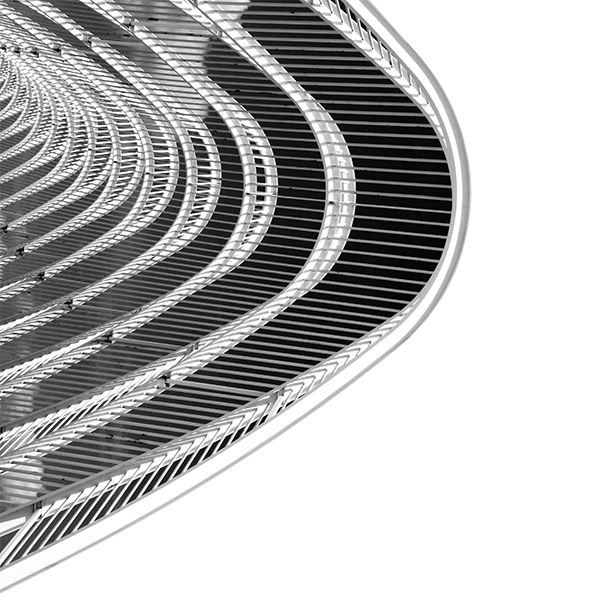Efficient Lightning Transient Analysis
Electro Magnetic Applications, Inc. (EMA) is excited to share an exciting breakthrough: the successful completion of our first self-run lightning transient analysis (LTA) test.
While this is not the first LTA test our staff has completed, this one stands out as a major milestone. It marks the debut of EMA’s new in-house equipment in action.
In this article we will take you through:
- EMA’s one-of-a-kind equipment
- The LTA testing process
- Benefits of working with EMA
Lightning Transient Analysis
An LTA test is an aircraft characterization test that examines how current and voltages distribute onto the wiring and the systems within an airplane. This test ensures aircraft electrical design is safe and airworthy. The FAA and EASA have established stringent airworthiness standards and regulations, which aircraft must meet to be eligible for commercial operation.
Test Aircraft
The aircraft being studied in this test will be used by the customer primarily for training purposes, yet it must still adhere to lightning safety standards. Justin McKennon, an EMA Principal Scientist II involved in the project, describes the aircraft as being “fairly simple” with a span of nearly 10 meters and length of about 15 meters.
Customized Lightning Generation
EMA has developed lightning transient generators to perform aircraft level characterization tests. Our generators can be used to test:
- Airplanes
- Helicopters
- eVTOL
- Aircraft engines
- Small pieces of equipment
- Complex systems
The generators up to 5,000 amps of electrical current, with a typical output ranging between 2,000 to 3,000 amps. They are also configurable, enabling EMA to adapt waveform outputs and amplitudes to align with the test article requirements. This allows us to complete projects that others cannot.
“Modern aircraft are becoming extremely highly composite and that limits the wave shape and amplitude of the output generator and because we custom build our generators, they’re infinitely tunable,” McKennon says.
Generator waveforms include components, A, H, and D. Another benefit of EMA’s generators is that we have a control cabinet that can easily swap components and save time while changing configurations.
The lightning generators are shipped to the testing location, with EMA staff setting them up in less than a day. This includes the building of the current return array.
Measurement Phase
The measurement phase starts with a thorough review of all the different pieces that need to be measured.
“The worst thing that you can have happen in a test campaign is you complete the test and you’re missing data,” McKennon says.
He continues that test preparation really digs into the hazards to the platform and the required measurements. This extra prep reduces test duration and keeps cost under control.
Once it is time to take measurements, we install the measurement equipment inside the aircraft whenever possible. This process is unique to EMA. It allows us to better seal up any apertures or openings for more accurate data. Picoscopes and remote oscilloscopes enable us to capture data using shorter wire lengths, reducing the risk of coupling.
Fiber optic cables transmit data to a measurement computer providing real time results. McKennon says EMA staff can look at the measurements and deduce if the data makes sense, if there is a problem, and if we need to stop and take a closer look at something.
“We have a lot of foresight and perspective on what good and bad [test levels] look like,” McKennon explains.
Time Frame
On average, small aircraft LTA tests take two or three weeks. This campaign took just a week and a half, including shipping, building, and calibrating the equipment. Our partners told McKennon this was the first time they have seen a test campaign finish early. McKennon says we found unique results and highlighted risks that the manufacturer was not aware of.
Working with EMA
Lightning testing with EMA can give you extra confidence working with certification agencies. We can easily explain why certain measurement points and amplitudes were selected. McKennon says when EMA is hired, we do not just check the boxes, we become a part of the team.
“These complicated materials can lead to complicated responses,” he says. “We have a ton of experience through our history of simulation and testing to know what good data looks like, what bad data looks like, and how to run these campaigns in an efficient manner.”
If you have any questions or are ready to start LTA testing, do not hesitate to reach out. Contact us by clicking here.

